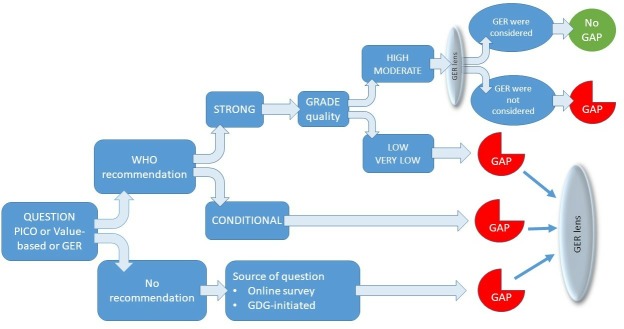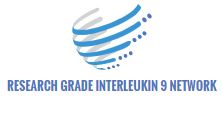In January 2019, the WHO reviewed proof to develop world suggestions on self-care interventions for sexual and reproductive health and rights (SRHR). Identification of research gaps is a part of the WHO pointers improvement course of, however dependable strategies to achieve this are presently missing with gender, fairness and human rights (GER) occasionally prioritised.
We expanded a prior framework based mostly on Grading of Evidence, Assessment, Development and Evaluation (GRADE) to embrace GER. The revised framework is utilized systematically through the formulation of research questions and contains: (1) evaluation of the GRADE power and high quality score of suggestions; (2) obligatory inclusion of research questions recognized from a world stakeholder survey; and (3) number of the GER requirements and rules most related to the query by means of dialogue and consensus.
For every query, we articulated: (1) essentially the most acceptable and sturdy examine design; (2) another pragmatic design if the perfect design was not possible; and (3) the methodological challenges going through researchers by means of figuring out potential biases.We recognized 39 research questions, 7 overarching research approaches and 13 discrete possible examine designs.
Availability and accessibility had been most ceaselessly recognized because the GER requirements and rules to take into account when planning research, adopted by privateness and confidentiality. Selection and detection bias had been the first methodological challenges throughout blended strategies, quantitative and qualitative research.
An absence of generalisability probably limits using examine outcomes with non-participation in research probably highest in extra weak populations.A framework based mostly on GRADE that features stakeholders’ values and identification of core GER requirements and rules supplies a sensible, systematic strategy to figuring out research questions from a WHO guideline.
Clear steering for future research will contribute to an anticipated ‘dwelling pointers’ strategy inside WHO. Foregrounding GER as a separate element of the framework is revolutionary however additional elaboration to operationalise acceptable indicators for SRHR self-care interventions is required.

Validity, potential medical utility, and comparability of shopper and research-grade exercise trackers in Insomnia Disorder I: In-lab validation towards polysomnography.
Consumer exercise trackers claiming to measure sleep/wake patterns are ubiquitous inside medical and shopper settings. However, validation of those units in sleep problem populations are missing. We examined 1 evening of sleep in 42 people with insomnia (imply = 49.14 ± 17.54 years) utilizing polysomnography, a wrist actigraph (Actiwatch Spectrum Pro: AWS) and a shopper exercise tracker (Fitbit Alta HR:
FBA). Epoch-by-epoch evaluation and Bland-Altman strategies evaluated every machine towards polysomnography for sleep/wake detection, whole sleep time, sleep effectivity, wake after sleep onset and sleep latency. FBA sleep stage classification of sunshine sleep (N1 + N2), deep sleep (N3) and speedy eye motion was additionally in contrast with polysomnography.
Compared with polysomnography, each exercise trackers displayed excessive accuracy (81.12% versus 82.80%, AWS and FBA respectively; ns) and sensitivity (sleep detection; 96.66% versus 96.04%, respectively; ns) however low specificity (wake detection; 39.09% versus 44.76%, respectively; p = .037). Both trackers overestimated whole sleep time and sleep effectivity, and underestimated sleep latency and wake after sleep onset. FBA demonstrated sleep stage sensitivity and specificity, respectively, of 79.39% and 58.77% (mild), 49.04% and 95.54% (deep), 65.97% and 91.53% (speedy eye motion).
Both units had been extra correct in detecting sleep than wake, with equal sensitivity, however statistically completely different specificity. FBA offered equal estimates as AWS for all conventional actigraphy sleep parameters.
FBA additionally confirmed excessive specificity when figuring out N3, and speedy eye motion, although sensitivity was modest. Thus, it underestimates these sleep levels and overestimates mild sleep, demonstrating extra shallow sleep than truly obtained. Whether FBA might function a low-cost substitute for actigraphy in insomnia requires additional investigation.

